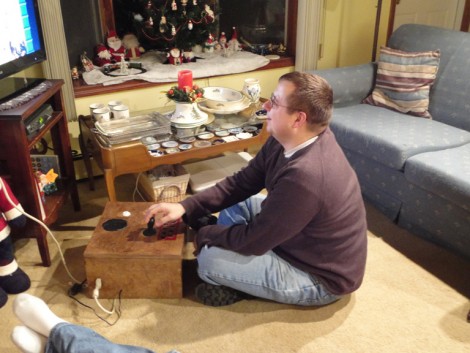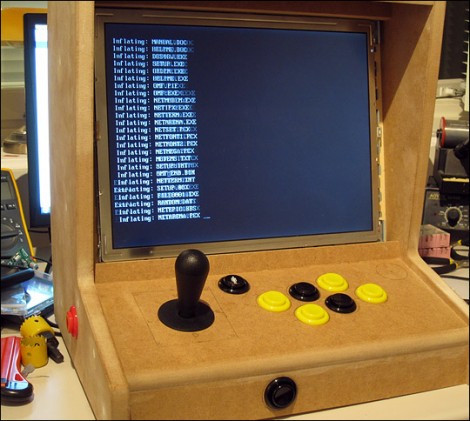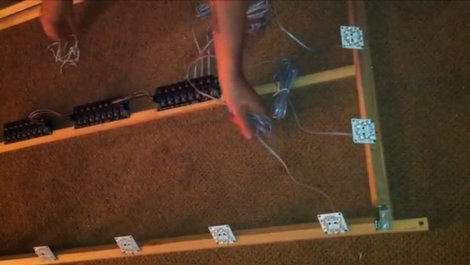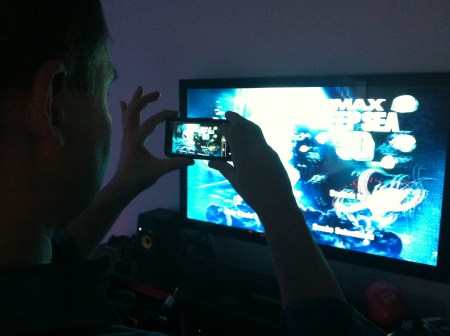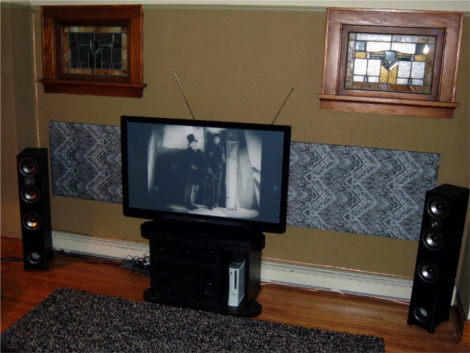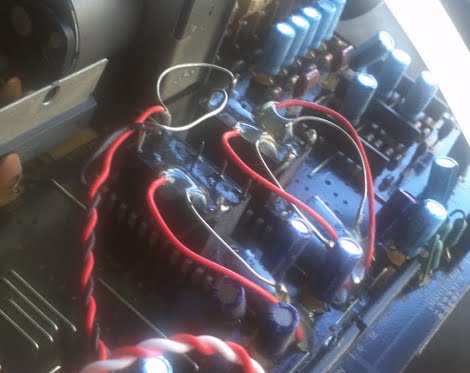
It happens to the best of designers, spending untold amounts of time designing a complex device just to find out that you missed a trace, or you couldn’t rout something to something else. As time marches on its becoming a bit less common to pop open a commercially produced device and see a little jumper wire or 2 flying across a pcb, or a resistor straddling an IC.
But when [Ilektron] opened up a Yamaha Dolby Pro Logic receiver to scavenge for parts he saw a very big “oops” and a even wilder fix. The maker took a pair of relays, flipped them “belly up” and hot glued them into place on top of a pair of ICs. Then the mess was “dead bug” wired to the circuit using insulated and uninsulated bus wire, contacts were then reinforced / insulated using more hot glue.
This is one of the most hacky fix we have seen in a commercially produced product, but we would love to hear your amusing horror stories of “WTH did they do?” So join us in the comments after the break.


